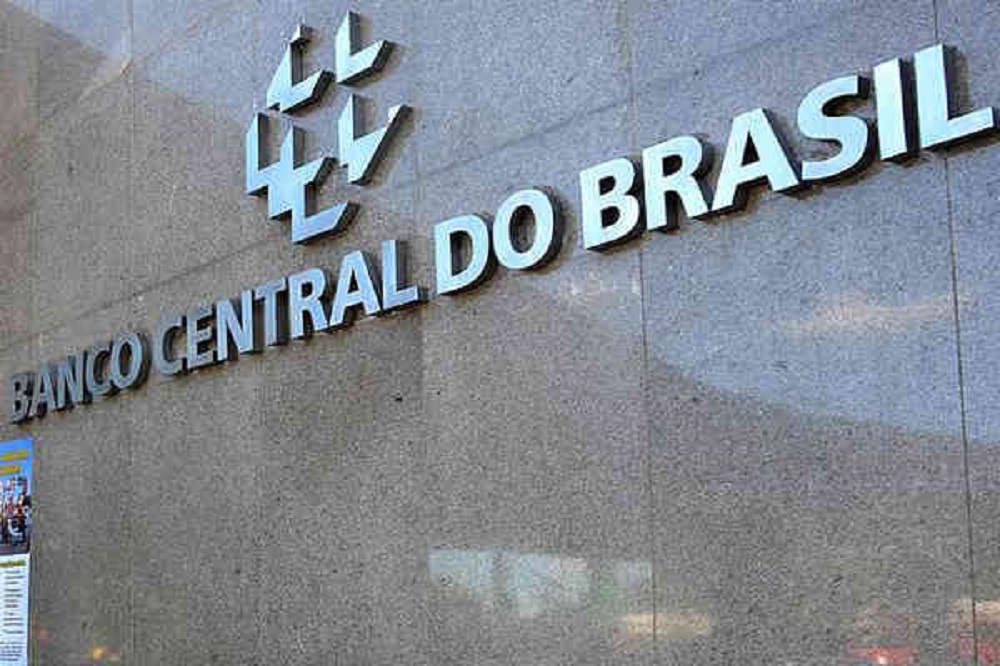RIO DE JANEIRO, BRAZIL – After dropping on Thursday, November 28th, the US currency rebounded on Friday, November 29th.
The commercial dollar closed the day sold at R$4.241, up R$0.025 (+0.58 percent). In nominal values, disregarding inflation, the price is at its second-highest level since the creation of the Real.

With Friday’s high, the dollar closed out November with a 5.77 percent hike. This week alone, the currency accumulated an appreciation of 1.14 percent.
In three sessions, on Monday, Tuesday and Wednesday, November 25th, 26th, and 27th, respectively, the currency broke successive nominal records.
Unlike in recent days, the Central Bank (BC) has not intervened in the exchange rate. However, the institution announced the sale of up to US$500 million of international reserves in the spot market next Monday, December 2nd.
In the stock market, the day was one of fluctuation. The B3 Ibovespa index traded high in the morning, but closed the day down 0.05 percent, at 108,239 points. The indicator, which hit a record high on November 7th and neared 110,000 points, closed out November with a 0.95 percent rise.
In addition to political tensions in Brazil, the financial market was influenced by several factors in November. The sale of surplus barrels from the transfer of rights of two pre-salt fields and the failure to sell two other fields pushed up the dollar and the stock market fell at the beginning of the month.
In the following weeks, the escalation of political unrest in Latin America and the uncertainty over the closing of a trade agreement between the United States and China put pressure on the dollar across the globe.
This week, the release of positive indicators in the US labor market reduced the prospects of interest rate cuts by the Federal Reserve (Fed), the US Central Bank.
Higher interest rates in developed economies trigger capital flight from emerging countries such as Brazil.
Source: Agência Brasil

